Architectural Association's newest show uncovers the architectural legacies of rural China's lost generation
The Architectural Association’s ‘Ripple Ripple Rippling’ is not your typical architecture show, taking an anthropological look at the flux between rural and urban, and bringing a part of China to Bedford Square in London
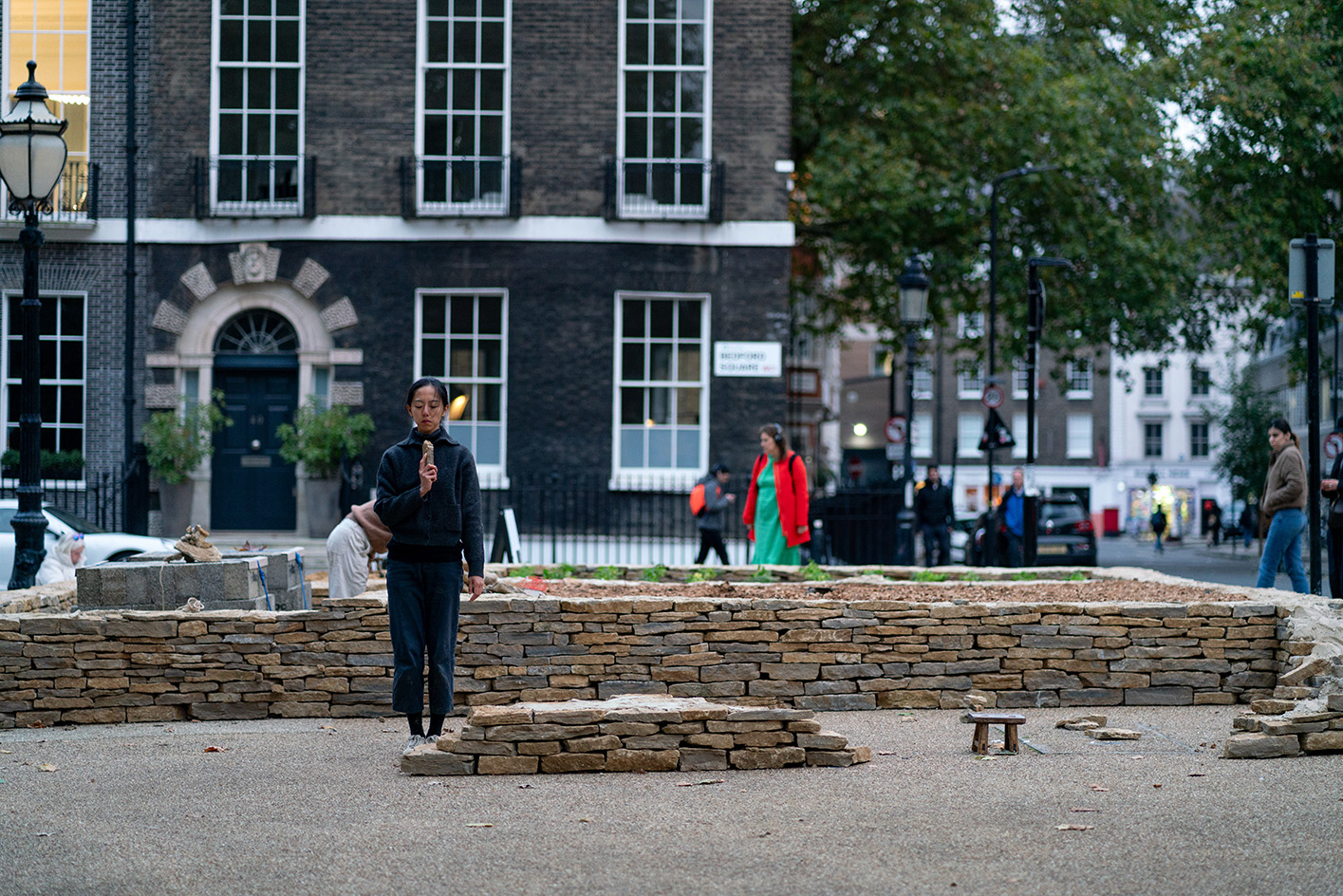
Fuelling China’s exponential urbanisation, as many as 295 million rural migrants of ‘working age’, known as the ‘floating population’, move between cities to find employment. As this mass movement leaves rural areas without a middle generation, a new multimedia and multisensory exhibition, 'Ripple Ripple Rippling', at the Architectural Association (AA) in London, brings into view the lives of those who are left behind amid the rise of China’s sprawling metropolises.
Spanning over ten years of research, architects, anthropologists, and choreographers Cyan Cheng, Chen Zhan, and Mengfan Wang embedded themselves in the rural village of Shigushan central China – uncovering changes through acts of adaptation and appropriation of the built environment during the gradual disappearance of rural life as it once was.
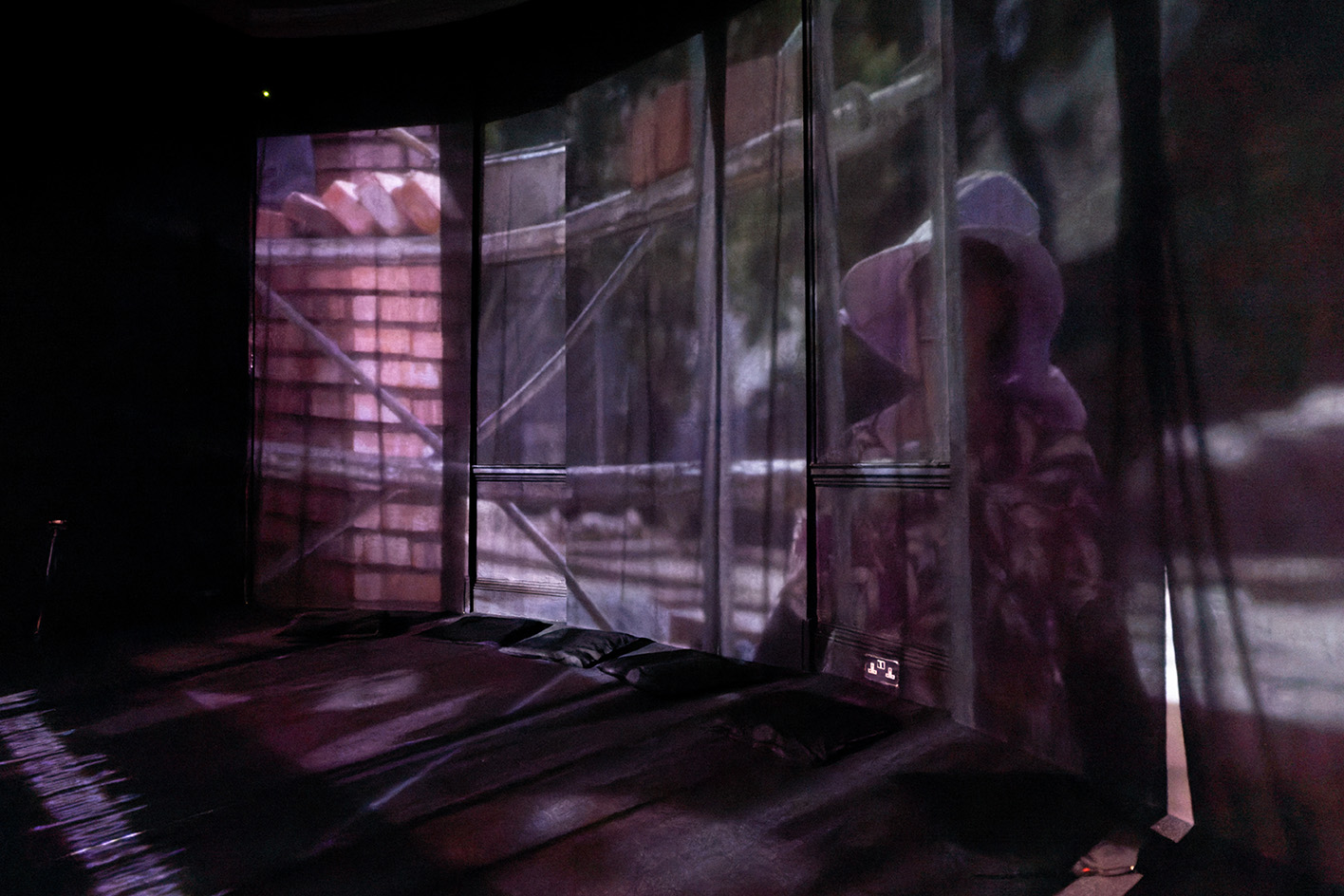
Explore the Architectural Association's show 'Ripple Ripple Rippling'
As the population left behind recalibrates, Cyan says: 'Family structures are formed outside of what is prescribed, with alterations to the built environment to match this lifestyle of communality.' On the broader anthropological research within the exhibition, she continues: 'Architecture is not enough to capture everything that's going on. So our practice expands into other disciplines.'
The exhibition features field notes, drawings and photography from Shigushan, as well as a film trilogy. This includes the trio's latest piece of moving image, ‘Till Ashes Turn Into Pines’, which explores how reincarnation manifests in the treatment of the natural environment.
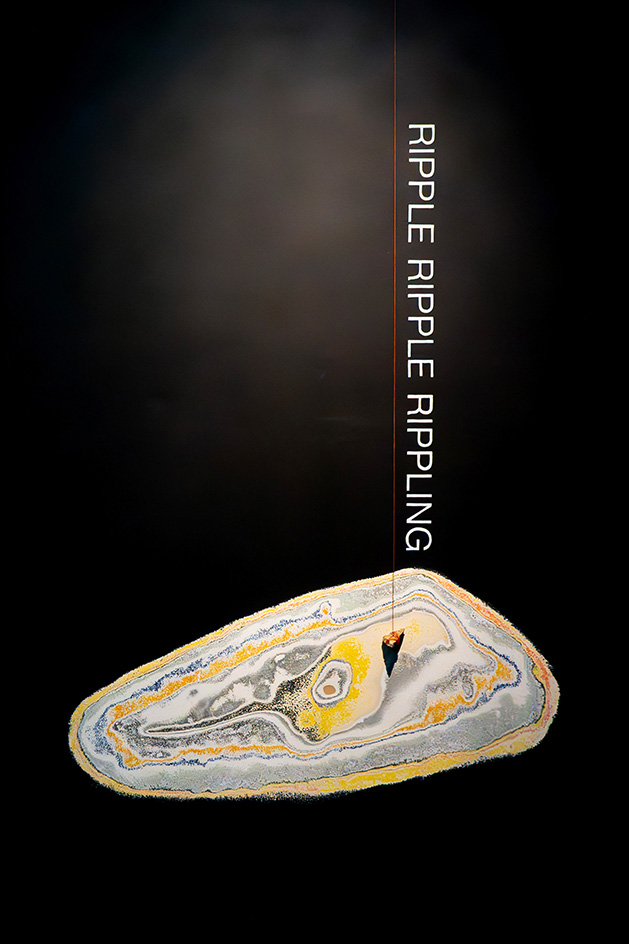
Spilling out of the confines of the AA's gallery setting, a partial reconstruction of a typical state-funded rural house sits among the quintessentially Georgian houses of Bedford Square, making for a slightly surreal contrast. Drystone walling demarcates domestic spaces such as a garden, porch, and living room amid the public forum of the square. This installation's ‘unfinished’ status references the often incomplete or semi-ruined buildings that lay in waiting for funds from family members working in the cities.
What comes to the fore is a diminished sense of ownership in this world of residential structures, contrasting with the sometimes aggressive boundaries between public and private that we might find in ostensibly capitalist cities. Areas such as the living room become semi-public, while liminal spaces such as the yard are actively inhabited through domestic activity. Thresholds are not just crossed – they’re contently occupied.
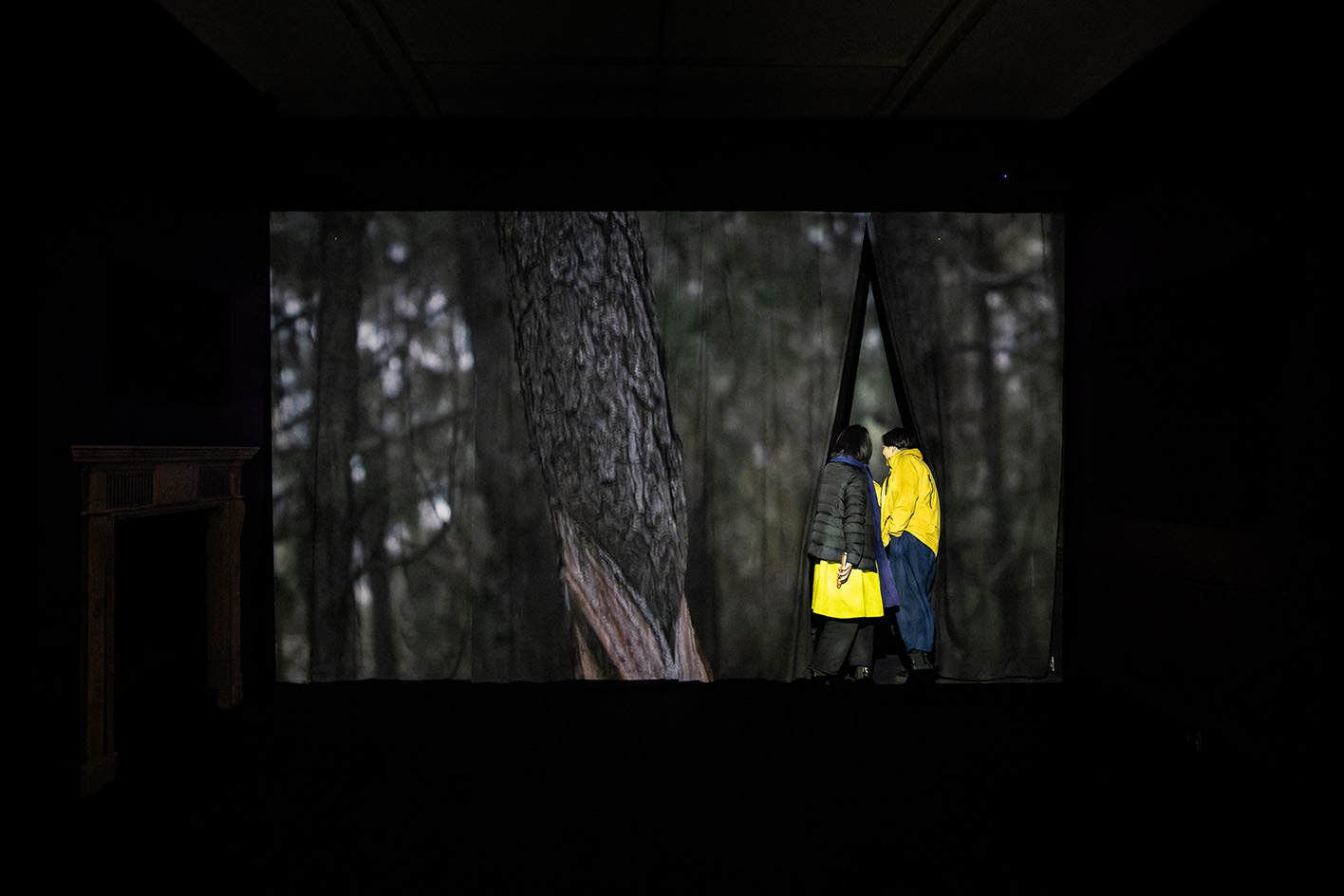
Chen notes: 'We find there is this rippling image; all the domestic activities, they just ripple out and then they linger around the gates and then they leak to the streets.' The act of ‘Rippling’ references this improvised and reactive support system where the use of space becomes entangled in collective care. She adds: 'The protocols we understand around family and home [are defied] in a mundane sort of way.'
Receive our daily digest of inspiration, escapism and design stories from around the world direct to your inbox.
Moving away from 'traditional notions of architecture’, the show foregrounds an evolved sense of architecture that supports assemblage as opposed to reinforcing fracture. It brings attention to networks of care that are also relevant to cities in rethinking boundaries, thresholds, and symbols of ownership. In doing so, it takes a humanised view not of what is visually showstopping in architectural terms, but of what is quietly brilliant in its subversion of the status quo.
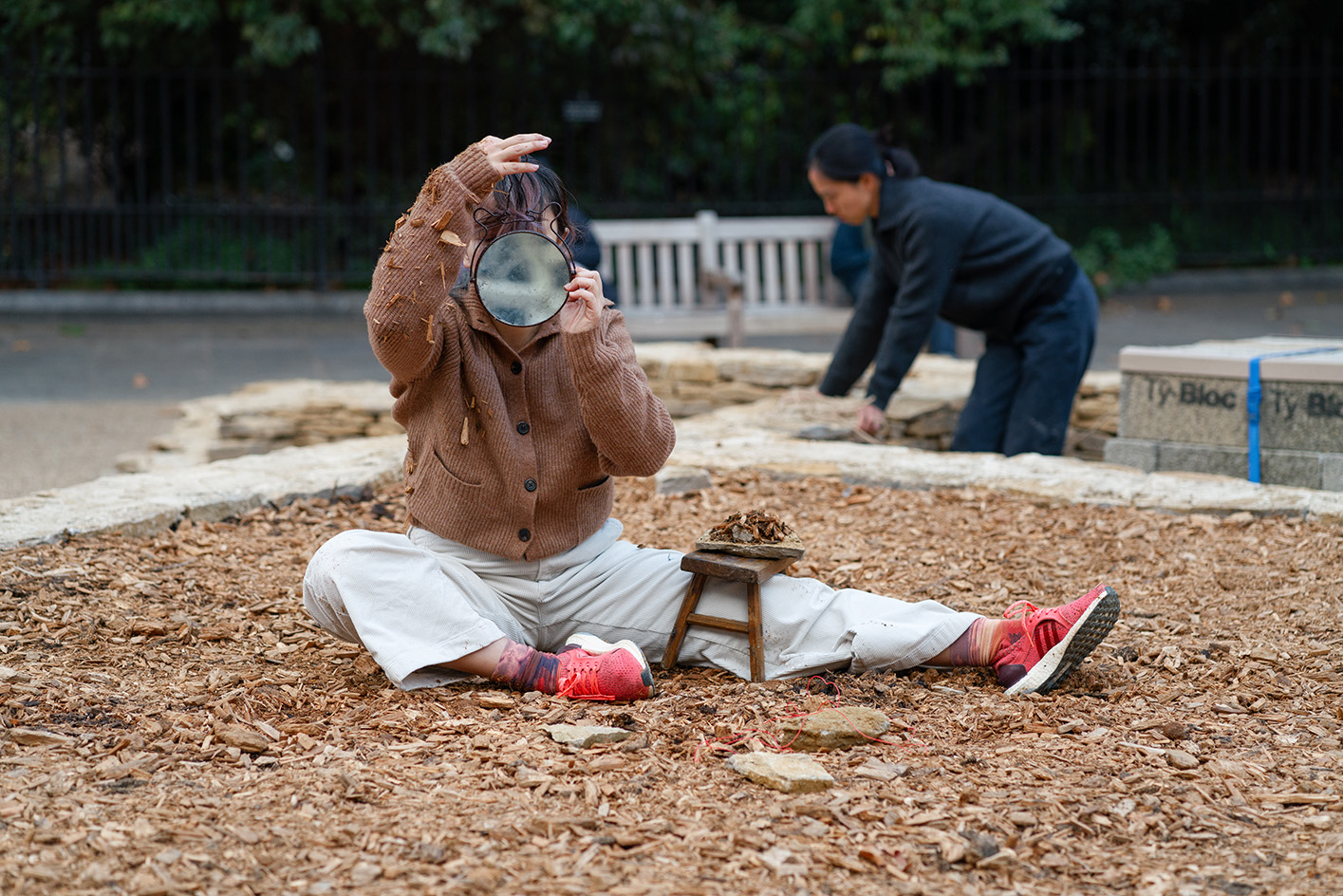
‘Ripple Ripple Rippling’, by Jingru Cyan Cheng, Chen Zhan and Mengfan Wang at the Architectural Association, London, includes an outdoor installation, until 6 November 2024, and a gallery exhibition, until 7 December 2024. More information at aaschool.ac.uk
Teshome Douglas-Campbell is a London-based writer, architectural designer whose work explores the intersection of design, community, and culture. With a background in socially engaged architecture, he brings a critical eye to ways we craft living environments, documenting emerging design movements and profiling transformative spaces.
-
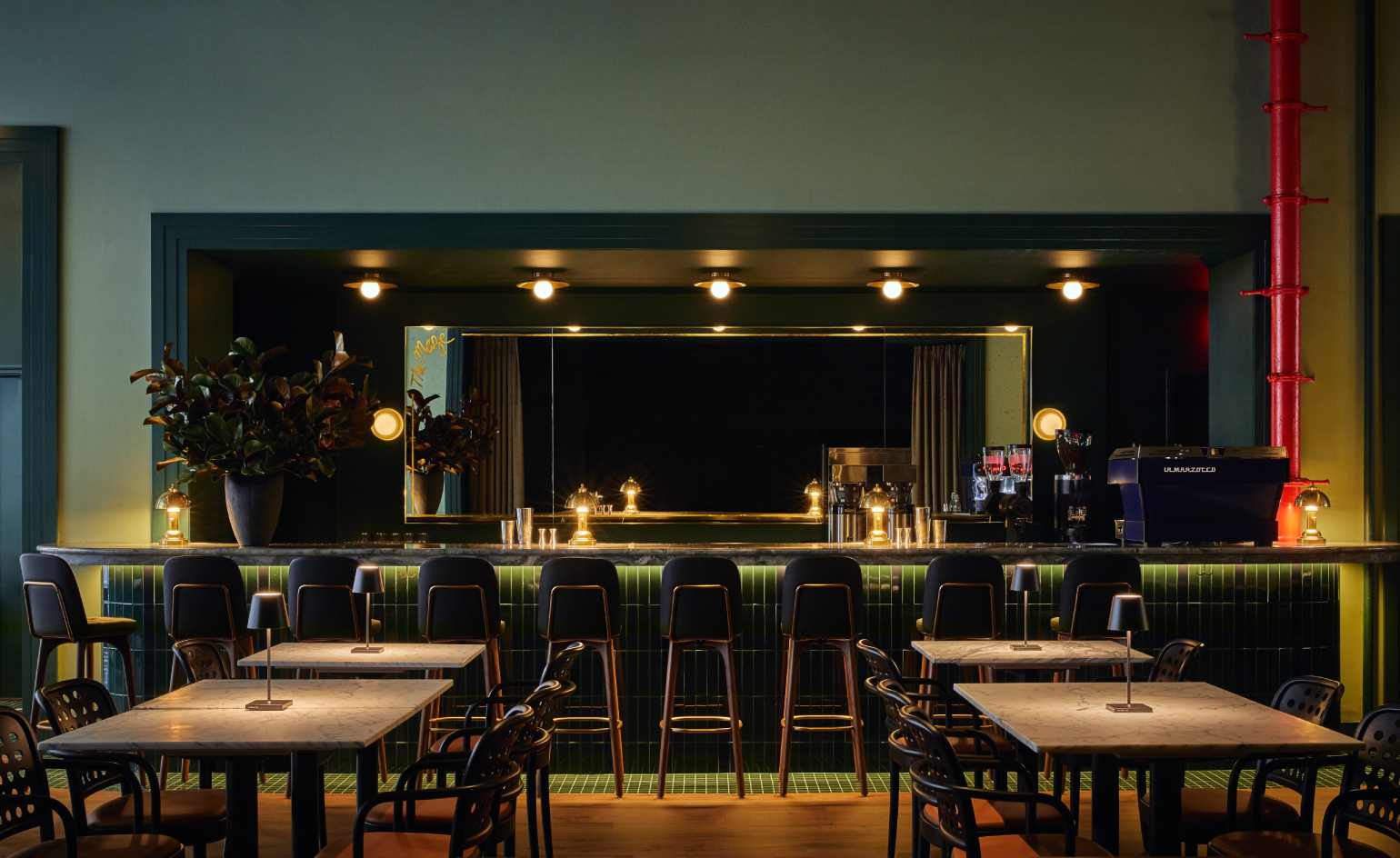 NYC’s first alcohol-free members’ club is full of spirit
NYC’s first alcohol-free members’ club is full of spiritThe Maze NYC is a design-led social hub in Flatiron, redefining how the city gathers with an alcohol-free, community-driven ethos
-
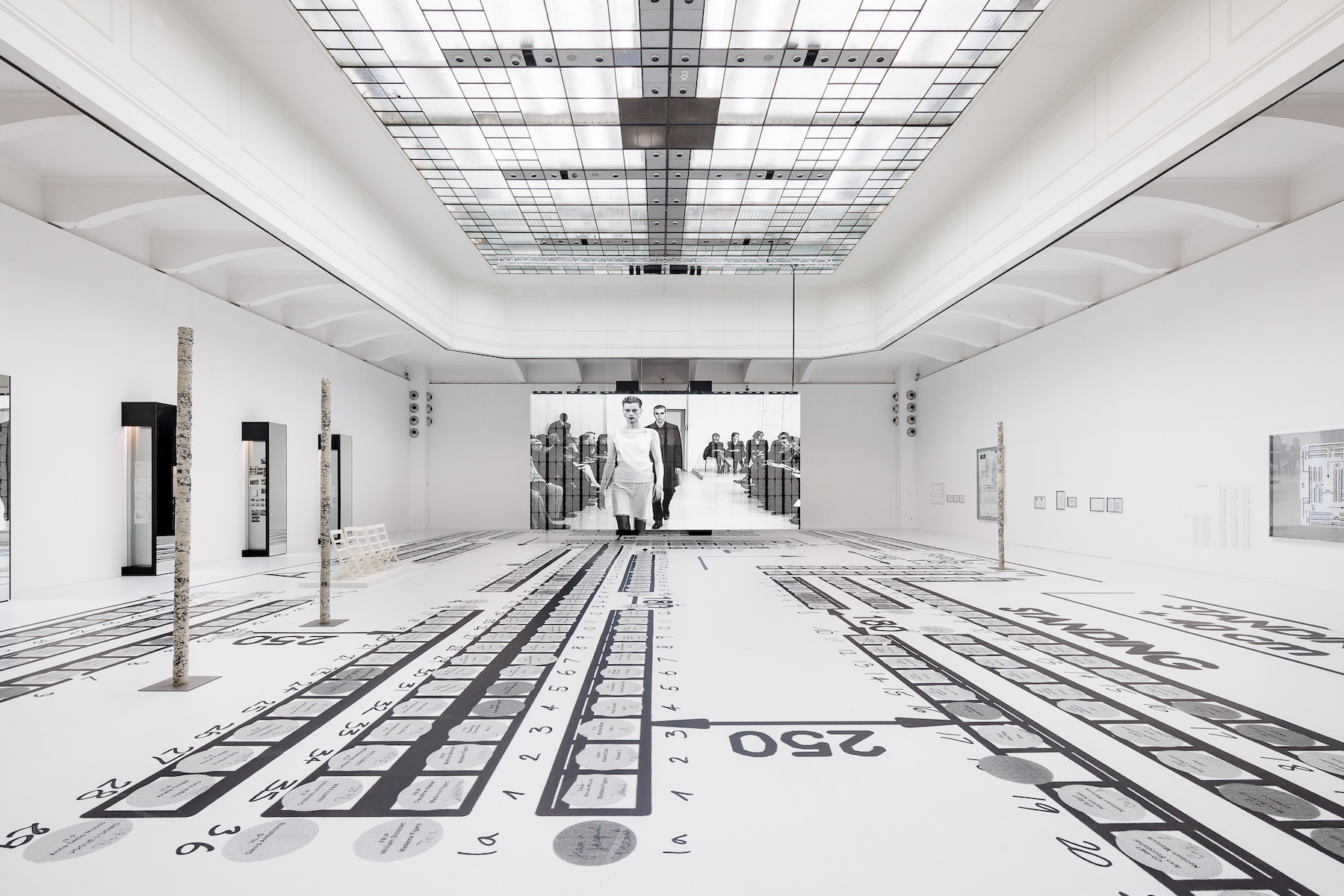 Inside Helmut Lang’s fashion archive in Vienna, which still defines how we dress today
Inside Helmut Lang’s fashion archive in Vienna, which still defines how we dress todayNew exhibition ‘Séance de Travail 1986-2005’ at MAK in Vienna puts Helmut Lang’s extraordinary fashion archive on view for the first time, capturing the Austrian designer-turned-artist’s enduring legacy
-
 Eclectic and colourful, Charlie Ferrer’s home reflects the interior designer’s personal and professional evolution
Eclectic and colourful, Charlie Ferrer’s home reflects the interior designer’s personal and professional evolutionThe New York interior designer invites us into his new Greenwich Village home: come on in
-
 RIBA House of the Year 2025 is a ‘rare mixture of sensitivity and boldness’
RIBA House of the Year 2025 is a ‘rare mixture of sensitivity and boldness’Topping the list of seven shortlisted homes, Izat Arundell’s Hebridean self-build – named Caochan na Creige – is announced as the RIBA House of the Year 2025
-
 In addition to brutalist buildings, Alison Smithson designed some of the most creative Christmas cards we've seen
In addition to brutalist buildings, Alison Smithson designed some of the most creative Christmas cards we've seenThe architect’s collection of season’s greetings is on show at the Roca London Gallery, just in time for the holidays
-
 In South Wales, a remote coastal farmhouse flaunts its modern revamp, primed for hosting
In South Wales, a remote coastal farmhouse flaunts its modern revamp, primed for hostingA farmhouse perched on the Gower Peninsula, Delfyd Farm reveals its ground-floor refresh by architecture studio Rural Office, which created a cosy home with breathtaking views
-
 A revived public space in Aberdeen is named Scotland’s building of the year
A revived public space in Aberdeen is named Scotland’s building of the yearAberdeen's Union Terrace Gardens by Stallan-Brand Architecture + Design and LDA Design wins the 2025 Andrew Doolan Best Building in Scotland Award
-
 The Architecture Edit: Wallpaper’s houses of the month
The Architecture Edit: Wallpaper’s houses of the monthFrom wineries-turned-music studios to fire-resistant holiday homes, these are the properties that have most impressed the Wallpaper* editors this month
-
 A refreshed 1950s apartment in East London allows for moments of discovery
A refreshed 1950s apartment in East London allows for moments of discoveryWith this 1950s apartment redesign, London-based architects Studio Naama wanted to create a residence which reflects the fun and individual nature of the clients
-
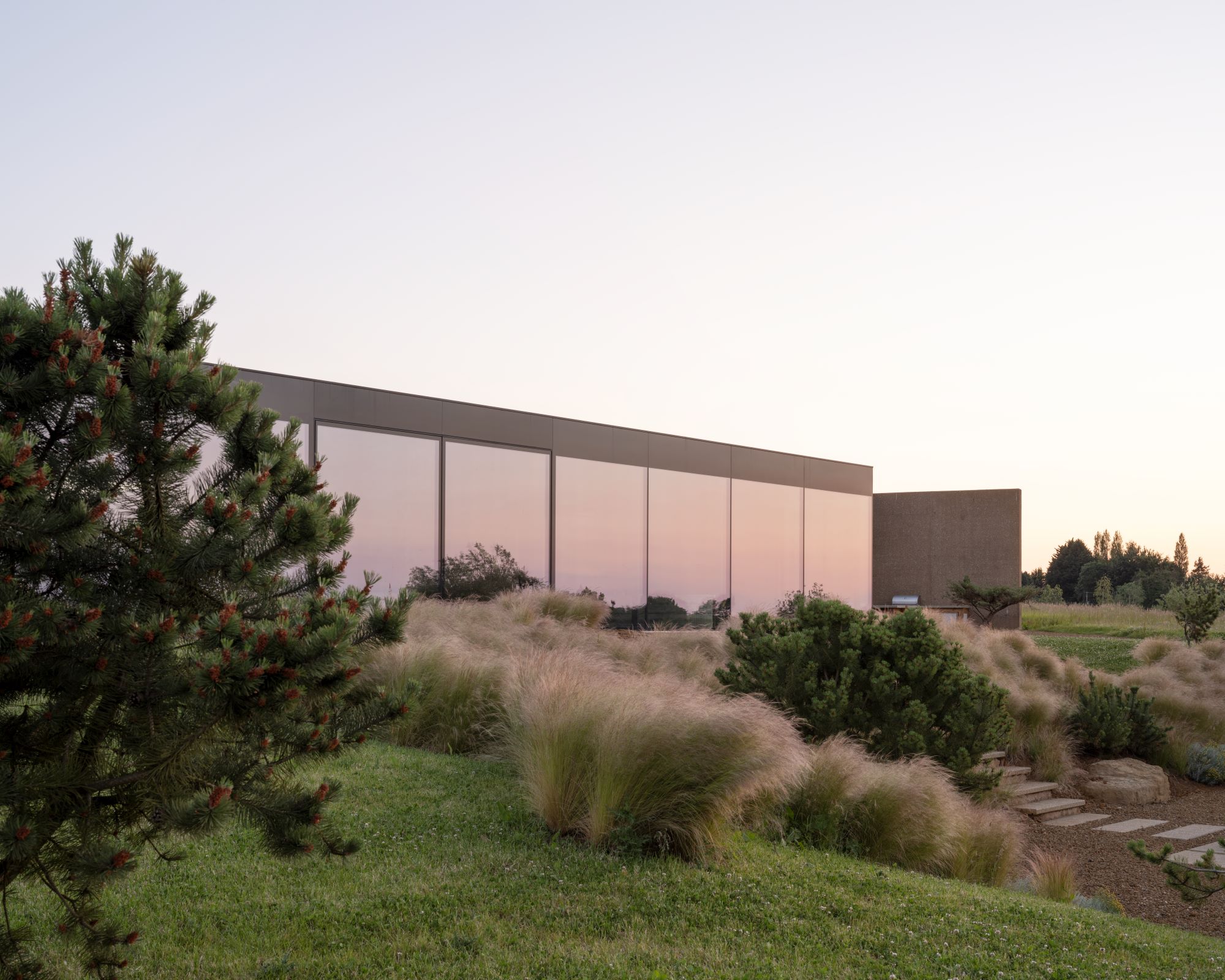 In this Cotswolds home, drama meets minimalism
In this Cotswolds home, drama meets minimalismCotswolds home Hiaven house, with interiors designed by McLaren Excell, is a perfect blend of contemporary chic and calm, countryside drama
-
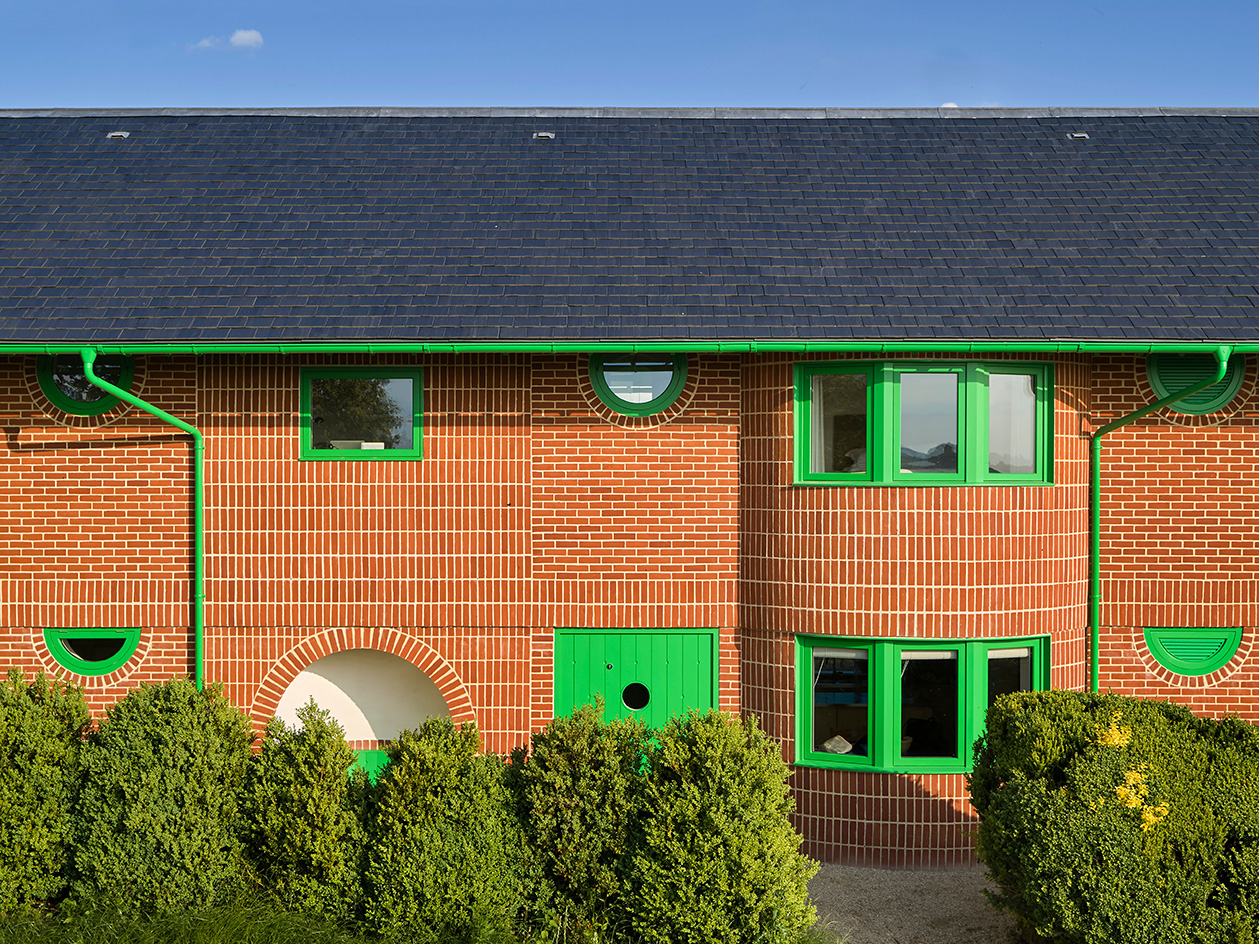 David Kohn’s first book, ‘Stages’, is unpredictable, experimental and informative
David Kohn’s first book, ‘Stages’, is unpredictable, experimental and informativeThe first book on David Kohn Architects focuses on the work of the award-winning London-based practice; ‘Stages’ is an innovative monograph in 12 parts